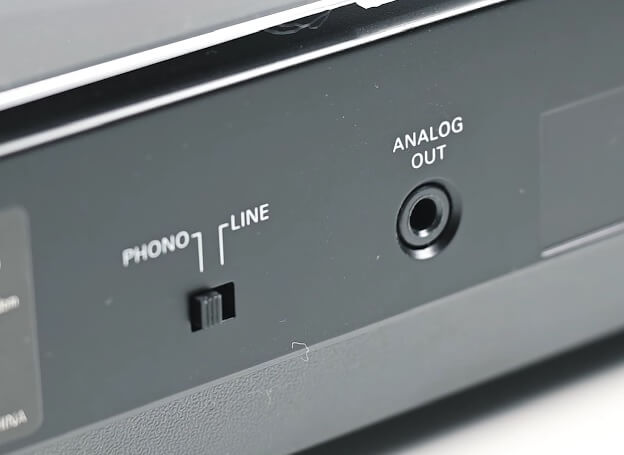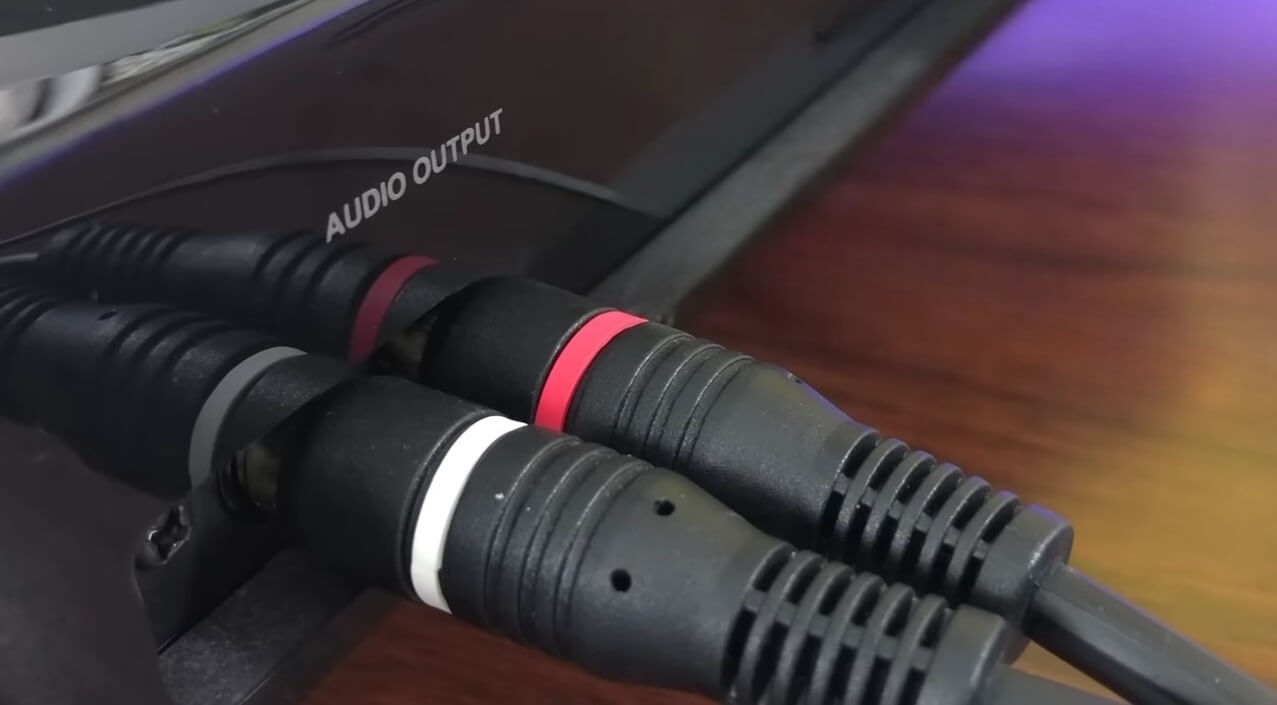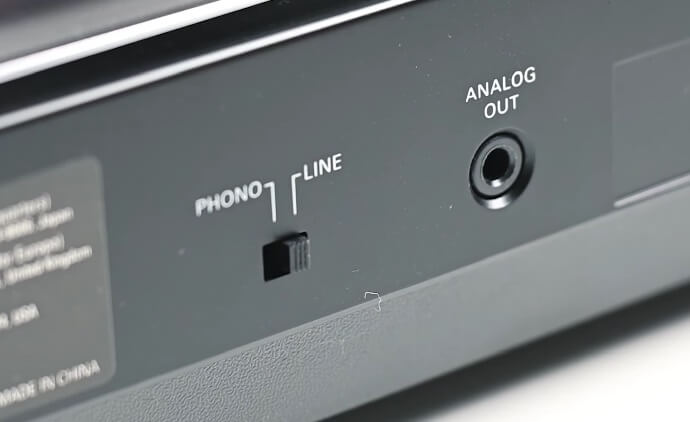Before the introduction of the MP3 format, CDs, and Cassette tapes, vinyl records were the popular sound storage medium. In response to the rising popularity of vinyl records, stereo receiver manufacturers started adding a built-in phono stage to their units.
In the mid-1990s, the global adaptation of CDs started. Everyone, including popular DJs, shifted to CDJs from turntables, and the popularity of vinyl records declined.
At the beginning of the digital era, with the declining popularity of records, manufacturers stopped adding a built-in phono stage in stereo receivers. This is the reason why your receiver doesn’t have a phono input.
In the late 2000s, the resurgence of vinyl came.
Since the resurgence, not only stereo receiver/amplifier manufacturers, but speakers and turntable manufacturers have also started adding a built-in phono stage in their units. There is also a separate device introduced, known as an external phono preamp.
Today, we have multiple options to add a phono stage to our setup line-up. In this article, I have listed all the setups that don’t need a phono input in the receiver, along with a step-by-step guide to complete the setup.
Tip: I recommend learning the concept of a phono preamp and the role of the receiver in a turntable setup before proceeding further.
Let’s get started.
How to connect a turntable to a receiver without a phono input?
Three types of setups can be completed when using the stereo receiver or powered amp:
- Turntable > external phono preamp > receiver/amplifier > passive speakers
- Turntable with built-in phono preamp > receiver/amplifier > passive speakers
- Turntable > receiver or amplifier with phono input (built-in phono preamp) > passive speakers
Out of these three setups, the first two setups don’t require a phono stage in the receiver. Before proceeding further, I recommend reading How to ground a record player.
Setup 1: Turntable > external phono preamp > receiver/amplifier > passive speakers
Step 1:
Disable the turntable’s built-in phono stage by switching the “PHONO/LINE” switch to “PHONO”.

If your turntable doesn’t have a “PHONO/LINE” switch, it means it doesn’t have a built-in phono stage, and you can jump to the second step. Disabling the built-in phono stage while using an external phono stage is necessary to prevent the signals from over-amplification.
Step 2:
Use RCA cables or a 3.5mm auxiliary-to-RCA cable, depending on the unit’s output terminal, and connect it to the backside of your turntable.

Step 3:
Connect the other end of the RCA cables to the input of the external phono preamp. Keeping things simple, the concept of connectivity is similar, i.e., connecting red with red and white with white.

Step 4:
Use another RCA cable and connect it to the phono preamp’s output terminals.

Step 5:
Connect the RCA cable (output from the phono stage) to the line level input of your receiver.
Step 6:
Connect the output from the stereo receiver or powered amplifier to the passive speakers.
That’s it.
Setup 2: Turntable with Built-in Phono Preamp > Receiver or Amplifier > Passive Speakers
Note: If your turntable doesn’t have a “PHONO/LINE” switch, it means it doesn’t have a built-in phono stage. You can’t proceed with the method below. I recommend following Setup 1.
Step 1:
Enable the turntable’s built-in phono stage by switching the “PHONO/LINE” switch to “LINE”.

Step 2:
Use RCA cables or a 3.5mm auxiliary-to-RCA cable, depending on the unit’s output terminal, and connect it to the backside of your turntable.

Step 3:
Connect the RCA cable to the line level input of your receiver.
Step 4:
Connect the output from the stereo receiver or powered amplifier to the passive speakers.
That’s it. You have successfully connected a turntable to a receiver without a phono input without compromising phono signal amplification.
Frequently Asked Questions:
Q1- Can you plug a turntable directly into a receiver?
Yes, you can plug a turntable directly into a receiver. There are three cases:
Case 1- Turntable with built-in phono preamp
You need to engage the turntable’s in-built phono preamp and connect the output to the line-level input of the receiver. A step-by-step is already shared above.
Case 2- Turntable without a built-in and receiver with a built-in phono preamp
If your turntable doesn’t have a built-in phono preamp, but your receiver does, you can take phono-level output from the turntable and connect it to the receiver’s phono input.
Case 3- The Turntable and receiver both don’t have a phono preamp
In this case, you need to use an external phono preamp in your setup. A step-by-step is already shared above.
Q2- Can I use the AUX input for phono?
No, you can’t use the AUX input for phono-level input. The reason behind this is that the AUX input accepts 0.316V line-level signals, while phono signals need prior amplification to reach 0.316V. If you transmit the turntable’s phono signals to the AUX input on the receiver, low sound problems will arise.
Q3- Can I use a turntable without an amplifier?
Yes, you can use the turntable without an amplifier in two setups:
Setup 1: Turntable (with built-in phono preamp) > active speakers
Setup 2: Turntable (without built-in phono preamp) > active speakers with built-in phono preamp.
Q4- Are phono and aux the same?
No, phono and aux are not the same. The phono input on the receiver has preamp gains and RIAA equalization settings that the AUX input doesn’t. The phono input accepts the phono-level signals from the turntable cartridge, while the aux input accepts the line-level signals.



I’m having a problem hooking my turn table to my Denom AVR-X3300W. New turn table called Uturn. No sound
Hi John, there are multiple reasons behind no sound from speakers and we have already written an article in which we have discussed all possible solutions for this issue so I recommend you to check this article https://turntablewave.com/why-is-my-turntable-record-player-so-quiet-or-sound-slow/ and try the solutions.
Let me know if you need my help in any way.
I’m having a problem hooking my turn table to my Denom AVR-X3300W.